How To Understand Iso On Your Digital Camera ?
ISO on a digital camera refers to the sensitivity of the camera's image sensor to light. A higher ISO setting makes the sensor more sensitive to light, allowing for better performance in low-light conditions, but also increasing the amount of digital noise in the image. Understanding ISO is important for achieving the desired exposure and image quality in different lighting situations. Generally, a lower ISO setting is preferred in bright conditions to avoid overexposure and maintain image sharpness, while a higher ISO setting is used in low-light conditions to capture more light and avoid underexposure. However, it's important to balance the ISO setting with other exposure settings, such as aperture and shutter speed, to achieve the desired image quality.
1、 ISO sensitivity
ISO sensitivity is one of the most important settings on your digital camera. It determines the camera's sensitivity to light and can greatly affect the quality of your photos. Understanding ISO sensitivity is crucial for any photographer who wants to take great pictures in different lighting conditions.
ISO sensitivity is measured in numbers, with higher numbers indicating greater sensitivity to light. A low ISO number, such as 100 or 200, is ideal for bright outdoor conditions, while a higher ISO number, such as 800 or 1600, is better for low-light situations.
To understand ISO sensitivity on your digital camera, start by experimenting with different ISO settings in different lighting conditions. Take photos at different ISO settings and compare the results to see how the ISO affects the quality of your photos. You can also use the camera's built-in light meter to help you determine the best ISO setting for a particular scene.
It's important to note that higher ISO settings can introduce noise or graininess into your photos, which can reduce image quality. However, many modern digital cameras have advanced noise reduction features that can help mitigate this issue.
In summary, understanding ISO sensitivity is essential for any photographer who wants to take great photos in different lighting conditions. Experiment with different ISO settings and use your camera's built-in light meter to determine the best ISO setting for each scene. And remember, while higher ISO settings can be useful in low-light situations, they can also introduce noise into your photos, so use them judiciously.
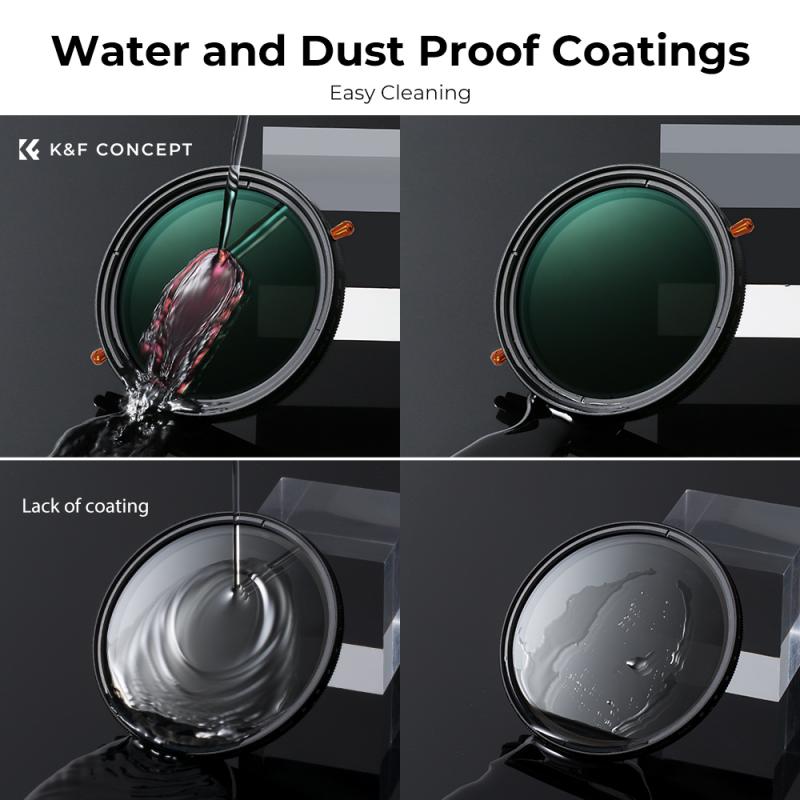
2、 ISO range
How to understand ISO on your digital camera:
ISO is a measure of the sensitivity of your camera's sensor to light. The higher the ISO, the more sensitive the sensor is to light, and the brighter your photos will be. However, higher ISOs also introduce more noise or graininess into your photos, which can reduce image quality.
Understanding your camera's ISO range is important for getting the best results in different lighting conditions. Most cameras have a range of ISO settings, typically starting at 100 or 200 and going up to 6400 or higher. Lower ISOs are best for bright, well-lit scenes, while higher ISOs are necessary for low-light situations.
It's important to note that the latest cameras have improved ISO performance, allowing for higher ISOs with less noise. This means that you can shoot in low-light situations with higher ISOs and still get great image quality.
When shooting in manual mode, adjusting the ISO can help you achieve the desired exposure without changing the aperture or shutter speed. However, it's important to keep in mind that higher ISOs can also affect the depth of field and motion blur in your photos.
In summary, understanding your camera's ISO range and how it affects your photos is crucial for getting the best results in different lighting conditions. With the latest advancements in camera technology, higher ISOs can now be used with less noise, allowing for more flexibility in low-light situations.
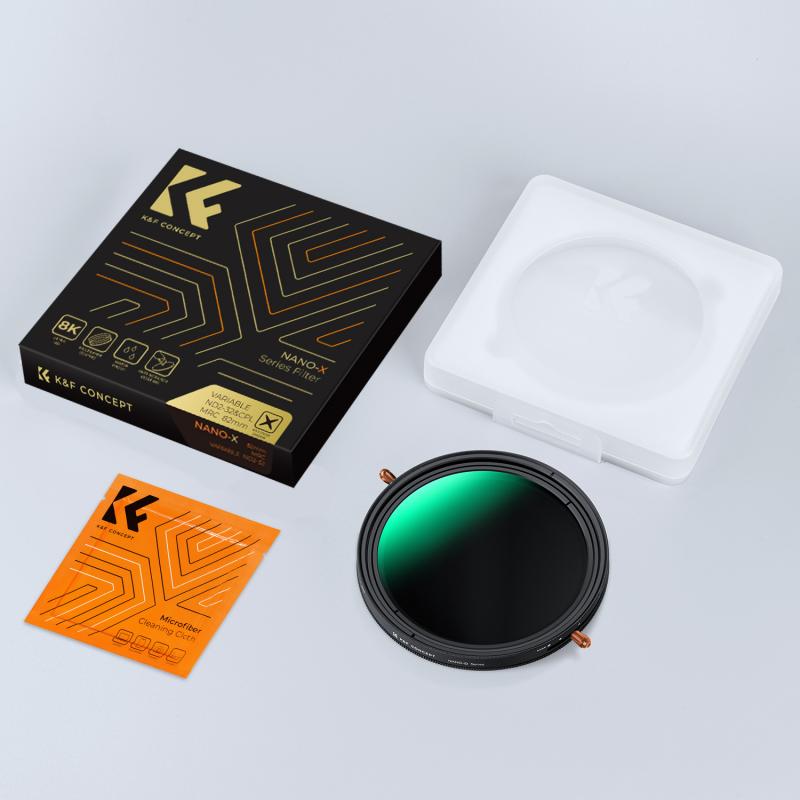
3、 ISO noise
How to understand ISO on your digital camera:
ISO is a measure of the sensitivity of your camera's sensor to light. The higher the ISO, the more sensitive the sensor is to light, and the brighter your image will be. However, increasing the ISO also increases the amount of noise in your image, which can result in a grainy or speckled appearance.
To understand ISO on your digital camera, it's important to know how it works in conjunction with other settings, such as aperture and shutter speed. A higher ISO can allow you to use a faster shutter speed or smaller aperture in low light situations, but it's important to find a balance between ISO and these other settings to achieve the desired result.
It's also important to note that different cameras have different levels of ISO performance. Some cameras may produce more noise at higher ISOs than others, so it's important to test your camera's ISO capabilities and find the optimal settings for your specific camera.
In recent years, advancements in camera technology have allowed for higher ISOs with less noise, making it easier to capture high-quality images in low light situations. However, it's still important to understand the relationship between ISO and other settings to achieve the best results.

4、 ISO performance
How to understand ISO on your digital camera:
ISO is a measure of the sensitivity of your camera's sensor to light. The higher the ISO, the more sensitive the sensor is to light, and the brighter your photos will be. However, higher ISOs also introduce more noise or graininess into your photos, which can reduce image quality.
To understand ISO on your digital camera, start by experimenting with different ISO settings in different lighting conditions. Try shooting in low light with a high ISO, and then compare those photos to ones taken with a lower ISO. You'll notice that the higher ISO photos are brighter, but also have more noise.
It's important to note that ISO performance varies between camera models. Some cameras are better at handling high ISOs than others, and newer models tend to have better ISO performance than older ones. For example, the latest mirrorless cameras from Sony and Fujifilm are known for their excellent high ISO performance.
In general, it's best to use the lowest ISO possible for the lighting conditions you're shooting in, to minimize noise and maximize image quality. However, if you need to shoot in low light or want to intentionally introduce graininess for artistic effect, don't be afraid to experiment with higher ISOs. Just be aware of the trade-offs and adjust your settings accordingly.
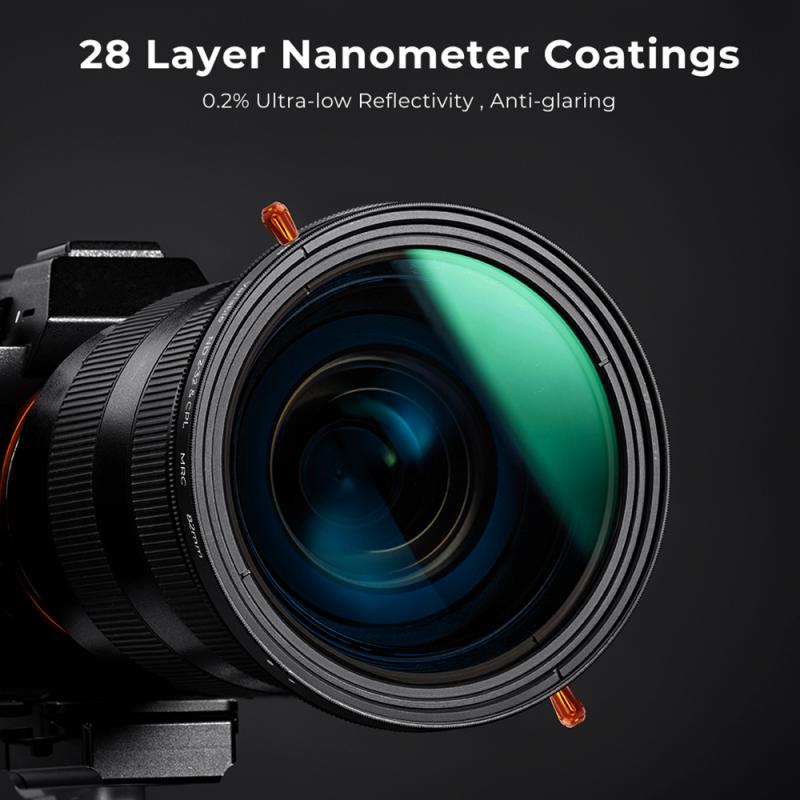















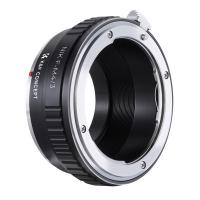



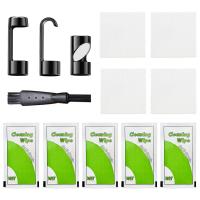

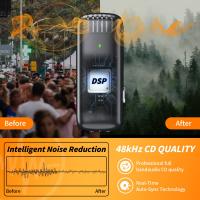

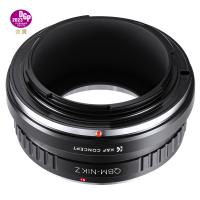
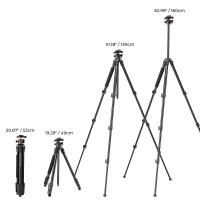

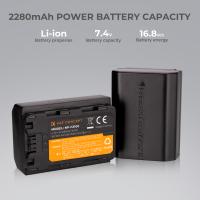
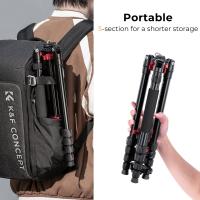

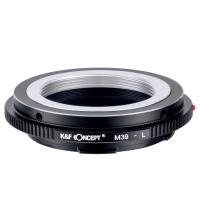
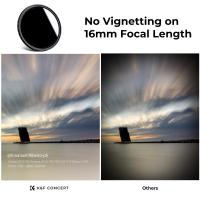
There are no comments for this blog.